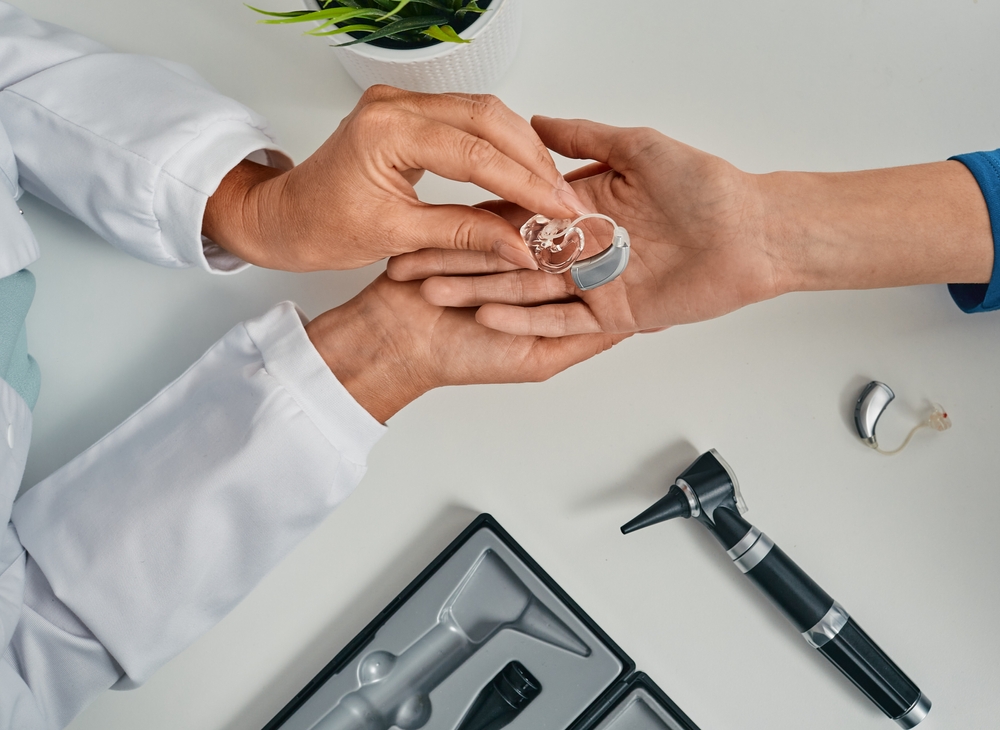
Hearing aids play a crucial role in improving sound clarity and enriching daily communication. For ideal performance, it’s crucial to schedule routine upkeep and periodic professional cleaning sessions. As a result of prolonged use, a buildup of earwax, moisture, and other particles can occur, causing performance to decline. Identifying when to find professional cleaning can help extend the lifespan of your hearing aids and maintain optimal performance.
Why it’s important to have your hearing aids professionally cleaned
Even with regular at-home care, hearing aids gradually collect buildup that might affect sound quality and performance. Professional maintenance offers several major benefits:
- Extensive Sanitizing– Effectively eradicates obstinate earwax, dust, and moisture that routine cleaning techniques often miss.
- Increased Performance– Removes obstructions that can cause dampened sound or distortion.
- Prolonged Lifespan– Protects against premature wear and tear, decreasing the need for repair work or replacements.
Having your hearing aids cleaned by a professional helps ensure they function at their best, reducing the likelihood of sudden breakdowns.
Signals that your hearing aids require professional maintenance
If you’re unsure whether it’s time for a professional cleaning, look for these common warning signs:
- Unclear or Jumbled Audio: If voices and background sounds seem feeble, muted, or altered, the problem may be caused by obstructions, such as earwax or debris, impeding the device’s microphone or speaker.
- Persistent Shrieking or Feedback: A high-pitched screeching sound (feedback) can signify wax buildup or an improper fit. Professional cleaning can help in removing blockages and fine-tuning the fit accurately.
- Troubleshooting Volume Issues: When volume changes fail to yield the anticipated outcome, it might be necessary to perform maintenance on internal components or recalibrate the system’s software configurations.
- High humidity can impact the device’s internal components, resulting in random audio interruptions or faulty button control. A professional technician can assess and resolve any moisture-related issues.
- If you recognize an obvious increase of earwax or dirt on your hearing aids, it is recommended to have them professionally cleaned for a more thorough removal compared to cleaning them at home.
- Use precision tools to eliminate wax, dirt, and moisture without damaging delicate parts.
- Confirm the correct functioning by examining and repairing any broken parts.
- Check software and hardware for any functionality issues affecting sound quality.
- Replace any tubing or filters that might be affecting the performance of the device.
- Every 3 to 6 months for routine maintenance.
- More frequent cleanings are advised for individuals predisposed to excessive earwax buildup or those living in humid environments.
- As soon as issues emerge, addressing modest issues early can prevent costly repairs.
What does a professional hearing aid cleaning look like?
A complete cleaning service not only keeps your devices in good working order but also assures top performance and efficiency. During the appointment, specialists will:
How often should you schedule professional upkeep?
The regularity of professional cleanings depends on factors such as earwax production, moisture levels, and usage practices. Commonly suggested best practices are:
Take care of your hearing aids for optimal performance
Regular professional upkeep is crucial for maintaining your hearing aids and ensuring clear, high-quality sound.
If distorted sound, echoing, or technical issues are interrupting your experience, it’s likely that a comprehensive, expert cleaning is in order.
Book an appointment for your hearing aid cleaning and maintenance now.